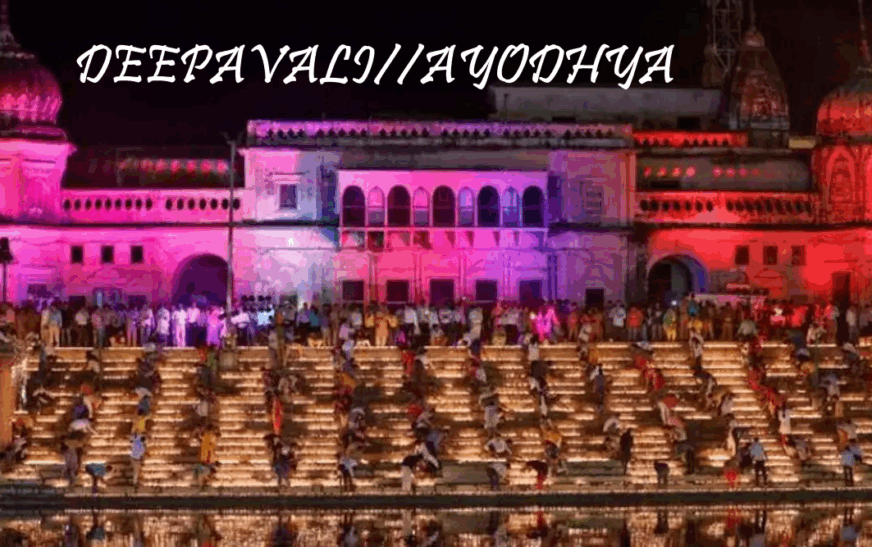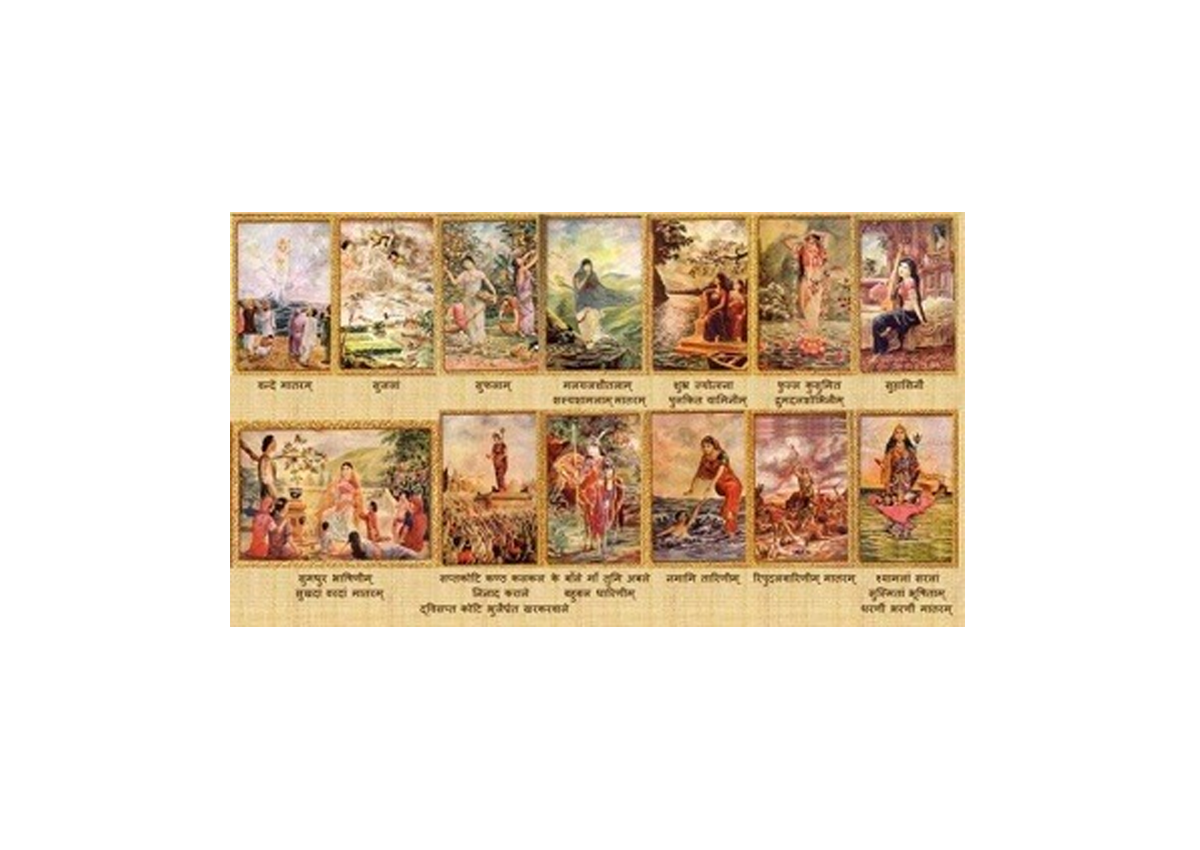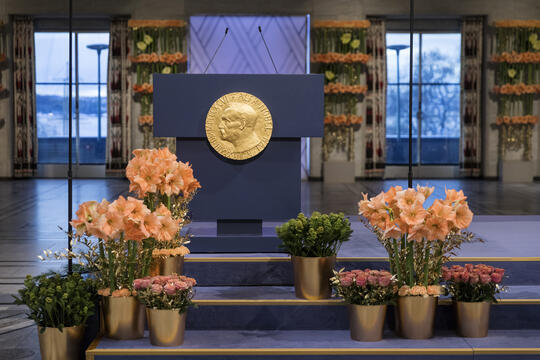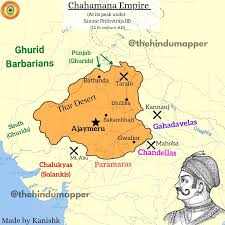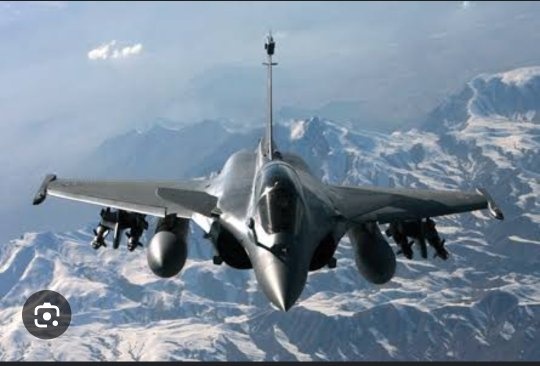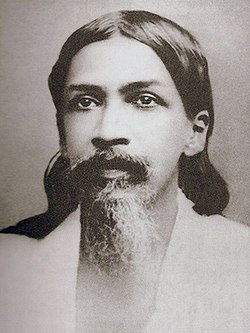FESTIVALS & RITUALS IN KARTIK MONTH
SARASIJ MAJUMDER
After Durga Puja Carnival ends primarily in West Bengal, in less than a fortnight gap, the ‘Festival of Light’ starts and held over a 5-day period in all over India.
Then follows ‘CHHATH’ Puja—covering 4-day period, starting on the 6th Day of ‘Shukla Paksha’—bright fortnight following ‘Deepavali’.
The Sun at this time just entered in ‘Winter Solstice’—and there is flavor of chill in the air. Climate is very pleasant. Mid-day Sun is not harsh! We need not carry light worm clothing even for late evening out. This is a perfect festival weather!
We discuss each one of above FESTIVALS observing through Cultural, Religious and Historical Lense.
1.0 AKASH PRADEEP/ SKY LANTERN.

HINDU TRADITION:
Celebrated in the month of Kartik (the seventh month of Indian calendar), Akash Pradeep is a Hindu ritual of lighting lamp on the top of a bamboo stick/Steel Rod placed in the courtyard/roof of the house, facing the sky, at the dusk. Devotees observe this ritual throughout the month of Kartik to pay homage to and to seek blessings from the departed loved ones and other ancestors. It is believed that lighting Akash Pradeep would light the path of the departed souls on their way to heaven and in return, the latter would bless us richly and would always guide us to a wholesome life. This lesser-known festival dates back to the time of the Mahabharata when the people first lit Akash Pradeep in honour of the deceased warriors of the Kurukshetra war.
BUDDIST TRADITION:
‘Offering sky lanterns’ is also an important ritual in Theravada Buddhist tradition. However, sky lantern is called differently in different regions. Thus, it is called Khom LoI in Thailand and Phanush in Bangladesh. The Tai Buddhists of Assam, are the followers of Theravada tradition, and call it Phom Phai. Phom Phai is a small hot air balloon made of paper with an opening at the bottom where a small fire ball is suspended. Releasing Phom Phai or sky lantern in the air is an important event of Pavara— a ritual observed to mark the end of Vasavassa or three-month rain retreat in Theravada tradition. On the day of Pavara, which generally falls in October, the devotees gather together in the Monasteries or Vihars in the evening and release sky lanterns with joy and merriment. Some do believe that offering sky lanterns to the Buddha will ward off bad luck and bring in good fortune. Buddhist Canonical Texts say that lighting lanterns help cultivate the wholesome roots of non-greed, non-hatred, and non-delusion. It leads the mind to tranquility by freeing it from the three evil roots, viz., greed, hatred, and delusion. A story of the Buddha’s life is associated with this practice. As the legend goes, during his stay at Shravasti, the Buddha left for Tavatimsa (heavenly adobe of thirty-three devas) to preach the Abhidhamma to his mother Mayadevi. He spent whole three months there preaching the Abhidhamma to his mother and other monks gathered there. At the end of rain retreat, he returned to Sankassa, which is now known as a Buddhist holy place, located in Farrukhabad district of Uttar Pradesh. During his journey back to earth, all the gods welcomed him with flowers and garlands and lit lamps to lighten his path. Since then, sky lantern ritual is believed to have started.
WHAT EMERGE:
Despite the differences of the backdrops to the rituals and the variations in the way of their observance, Akash Pradeep and Phom Phai seem to be the symbolic representation of our eagerness to get freedom from the darkness of our ill thoughts, words, and actions and of our yearning for eternal light of knowledge that not only illuminates us, but also enlightens everything around. These rituals subtly point to our shared purpose that underpins the ceremonies that seem to diminish the differences which is often created by our faiths.
2.0 Dhanteras:-
The story of Dhanteras is rooted in two main legends:
- Emergence of Goddess Lakshmi and Lord Dhanvantari from the Samudra Manthan (churning of the Cosmic Ocean of MILK), and
- the story of a young prince who was saved from death by his clever wife.
The Samudra Manthan represents the search for prosperity and immortality, where Goddess Lakshmi, the goddess of wealth, emerged alongside Lord Dhanvantari, the god of medicine and health, with a pot of Amrit (nectar of immortality) in one hand, and a pot of Medicines in the other hand.
Moral and Message of this Myth, to my understanding is: If one works hard, he will enjoy ‘GOOD HEALTH’ and earn ‘WEALTH’.
In the other Legend, a prince’s horoscope foretold his death by snakebite, but his newly wed wife prevented this by creating a dazzling pile of gold coins and jewelry that blinded the god of death, Yama, came in the guise of a Snake, who then left without harming the prince.
On this day, India women buy Metal items for household purposes, and Gold/Silver Ornaments.
3.0 Narak Chaturdashi or Vut Chaturdashi, or Chota Diwali.
Narak Chaturdashi, also known as Choti Diwali or Bhoot Chaturdashi, is the second day of the five-day Diwali festival, celebrating the victory of good over evil. Westerners wrongly call it ‘Indian Halloween’. It commemorates defeat of the demon Narakasura by Lord Krishna , an event that freed thousands of women from captivity. Celebrations include waking up early for a ritual oil bath (Abhyanga Snan), decorating homes with rangolis and diyas, and enjoying festive meals.
Yama Deep Daan: A special lamp is lit to honour Yama, the god of death, to ward off untimely death and negativity.
In some regions, such as Rajasthan and Gujarat, the day is also known as Kali Chaudas and may include other rituals, while in Goa, effigies of Narakasura are made and burned early in the morning.
In West Bengal, Bengali Hindus cook a combination of 14 leafy vegetables, known as ‘চৌদ্দ শাক’।।
4.0 Deepavali, Mahalaxmi Puja, Bara Diwali. Lord Ram Returns.
DEEPAVALI:
The Ramyana Connection:
Every Deepavali, we celebrate the return of Lord Ram to Ayodhya after 14 years of exile and his victory over Ravana. But in a time of questioning and fact-checking, have we ever paused to consider: Did this actually happen? Let us apply, what is digitally called ‘FILTER’.
The Historical Filter:
For those seeking tangible evidence, the alignment is compelling:
The epic is historically dated to around 5070 BCE—nearly 7,000 years ago.
Geographical landmarks like Ayodhya, Rameswaram, and Lanka still align perfectly with the text’s descriptions.
The Ram Setu- a chain of shoals connecting India and Sri Lanka—is a verifiable structure, by satellites, if dated to 7thousands of years ago, matching the setting of the journey.
Whether you view it as verifiable history or a grand legend, the Ramayana is more profoundly a Historical narrative (or “thus it happened”) that has shaped Indian civilization on its onward journey. Next milestone was ‘MAHABHARATA’.
The Cultural & Philosophical Filter:
It isn’t merely a story; it’s a living narrative that defines Indian values: धर्म, truth, humility, and the inexorable victory of Good over Evil, Light over Darkness.
Ultimately, the power isn’t in the date; it’s in the timeless message that luminates!!
“ Good always returns home. Evil is destroyed. Light always illuminates and removes darkness. Knowledge always a winner!!”
On the same day, rather night, BENGAL observes “SHRI SHRI KALI PUJA”.
Sikhs participate in Kali puja, and Muslims also generally pay respects. She is worshipped in ‘TANTRIC’ upachar (OFFERINGS).
I will cover this in more details in a separate BLOG.

ॐ खड्गं चक्रागदेशुचापपरिघ्न शूलं भूषणं शिरः
शंखं सन्दधातिं करैस्त्रिन्यनां सर्वाङ्गभूषावृताम् ।
यं हन्तुं मधुकैटभौ जलजस्तुस्तव सुप्ते हरौ
नीलास्माद्युतिमास्यपाददशकं सेवे महाकालिकाम् ॥
তব রূপং মহাকালো জগৎসংহারকারকঃ।
মহাসংহারসময়ে কালঃ সর্বং গ্রসিষ্যতি।।
কলনাৎ সর্বভূতানাং মহাকালঃ প্রকীর্তিতঃ।
মহাকালস্য কলনাৎ ত্বমাদ্যা কালিকা পরা।।
কালসংগ্রহণাৎ কালী সর্বেষামাদিরূপিণী।
Some Bengalis also perform ‘Mahalaxmi’ puja on the same evening of the day. This is different than ‘KOJAGORI LAXMI PUJA’ performed on full moon TITHI after Dashera.
5.0 Gobardhan Puja.
In the first day of Shukla Paksha in Kartik Month this Puja is celebrated. Govardhan Puja is also known as Annakut, commemorating Lord Krishna’s divine act of lifting the Govardhan Hill. The festival is a celebration of gratitude towards nature, particularly involving Cows, and serves as a reminder of the bond between humans, Bovines, and the divine.
6.0 Bhaiya Dooj
And next day Bhaiya Dooj is celebrated.
The story of Bhai Dooj comes from one MYTH, and one LEGEND. Myth: Lord Yama, the god of death, visited his sister Yami, on this tithi, who welcomed him with a tilak and a feast, and he granted a boon that brothers blessed by their sisters on this day would be protected from death. Another popular Legend recounts Lord Krishna visiting his sister Subhadra after defeating a demon, on this very tithi and she welcomed him with an Aarti and Tilak, establishing the tradition.
On this day, Sister(s), put a ‘TILAK’ on the forehead of her brother(s), offer him/them Sweets, and pray (s) to GOD to make them immortal.
Brothers also showers presentation on their beloved sisters.
7.0 Chhath Puja:
The Chhath Puja story revolves around the goddess Sasthi, or Chhathi Maiya, and her association with fertility and children. One legend involves a king and queen who had a stillborn child after performing a Yajna to have one. The goddess appeared to them, instructing them to worship her and the Sun God for six days, after which they were blessed with a living child. The festival also has ties to the Ramayana and Mahabharata, with stories of Lord Rama, Sita, and the Pandavas performing rituals to the Sun God.
Important historical connections
Karna: The Mahabharata mentions that Karna, the son of the Sun God, was the first to perform the ritual, as he used to stand in water for long hours to offer prayers to the Sun God in the early morning at Sun rise, and late afternoon, around Sun-set times.
Draupadi and the Pandavas: According to another story from the Mahabharata, the Pandavas and Draupadi performed the ritual to regain their lost kingdom.
Rama and Sita: The Ramayana states that after their return to Ayodhya, Lord Rama and Sita performed Chhath rituals to thank the Sun God.
It starts on 6th day of Shukla Paksha, and end on 10th day, at evening with offering prayers to setting SUN, at Sea, River, or large waterbody.
It is celebrated very strongly in Bihar, Nepal, and North-East part of U.P.—which once known as ‘MITHILA’, and kingdom of Raja Janak.
REFERENCES:
- https://www.hindu-blog.com/2008/10/akash-deep-oil-lamps-dedicated-to-dead.html
- https://www.newsonair.gov.in/dhanteras-auspicious-day-for-worship-and-new-purchases/
- https://isha.sadhguru.org/en/wisdom/article/naraka-chaturdashi-story-diwali-legend
- https://artsandculture.google.com/story/the-many-legends-of-diwali/0QVxpSl4NnfrEQ?hl=en
- https://www.bhaskar.com/local/chhattisgarh/dhamtari/nagri/news/dev-pujari-and-people-of-yadav-community-performed-govardhan-puja-130492309.html
- https://www.incredibleindia.gov.in/en/festivals-and-events/bhai-dooj
- http://www.sahapedia.org/chhath-puja-origin-of-the-festival-and-the-story-of-devasena
- IMAGES: Acknowledged below, and otherwise from GOOGLE.

